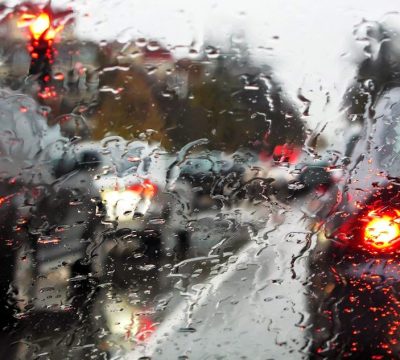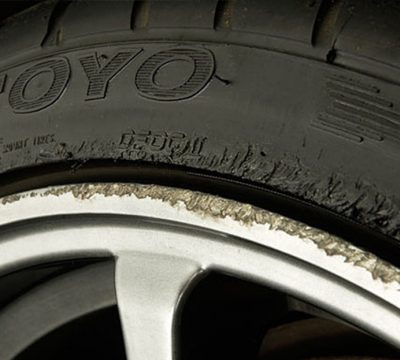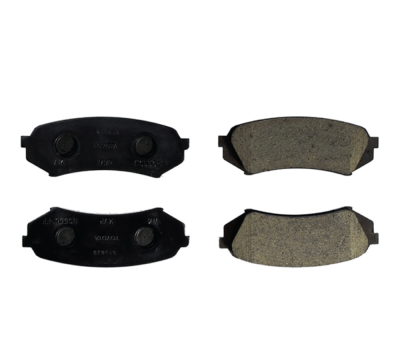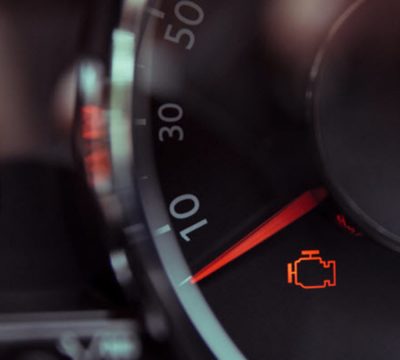Car fluids you should always check!
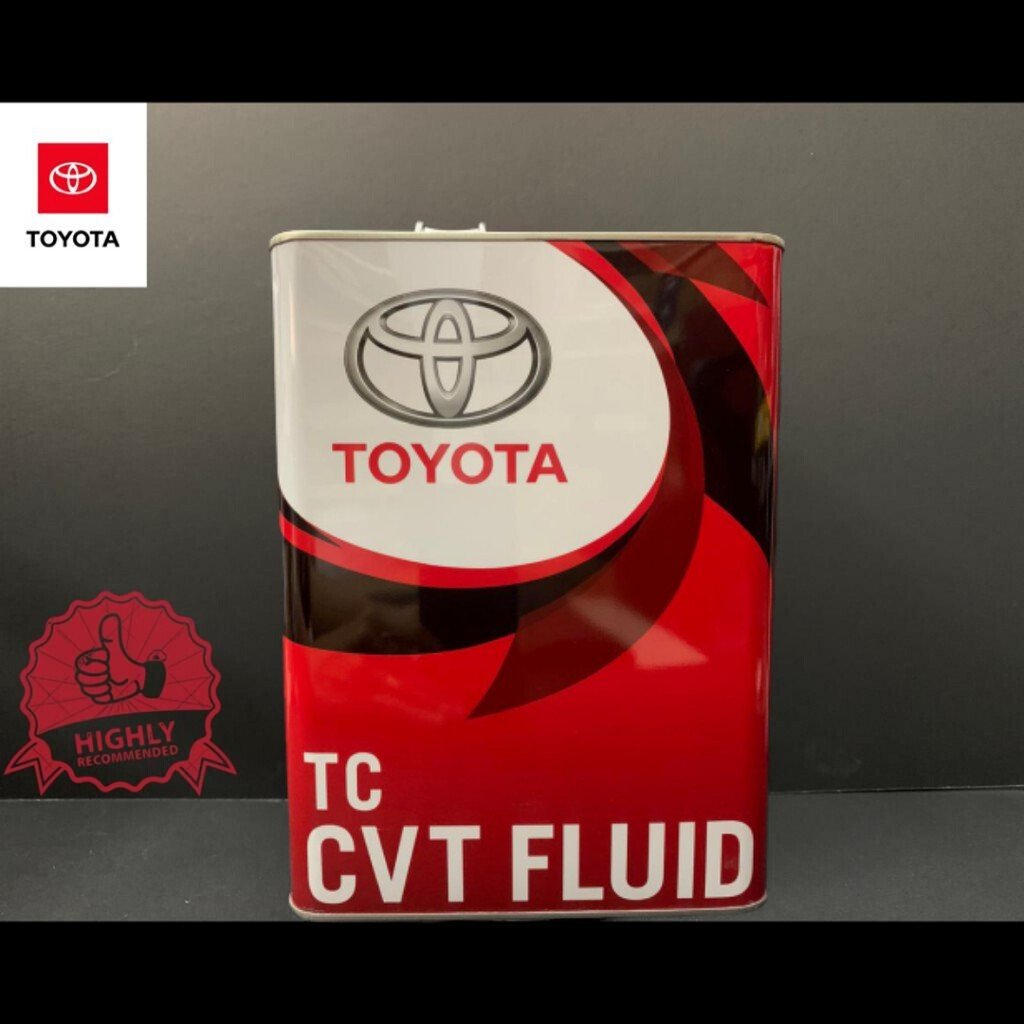
Fuel shouldn’t be the only fluid to keep in mind. Make sure these fluids are full and level – your car will thank you for it.
The only fluid most drivers today worry about is the fuel they have to put in the tank. The rest they leave up to their dealerships and neighbourhood quick service centres to handle. But is that smart? Are there risks in living in blissful ignorance?
From day one, with a brand new ride or a newly acquired used one, it’s very worthwhile to get into the habit of a monthly under-the-hood check that only takes a minute or less, won’t get your hands or clothes dirty, but could potentially save you thousands in repair bills.
Engine oil
This is the easiest of them all. The best time to check this fluid is before the vehicle is started for the day, providing it’s parked on a level grade. If you pull the dipstick on a cold engine you won’t have to wipe it off and reinsert it because all the oil will have drained back into the oil pan from the various passages and chambers to give you an accurate reading. About the only tool you may need is a good light. Many automakers use decorative and sound deadening top engine covers which the dipstick may have to be threaded through to reach the tube, which is barely wide enough to accept it. And with the trend towards lighter-weight engine oils, the level on the stick is often hard to see unless in direct light.
All dipsticks have a section at the bottom marked by cross-hatches which indicate the acceptable operating range. If your vehicle’s level is at the top, it’s perfect. If it’s over the top, somebody added too much oil at the last change or you have a problem with the engine not burning all the fuel it’s getting. A rich running engine can cause raw gasoline to seep past the pistons and into the oil pan, where it will increase the volume and thin out the oil. If you notice an over-full condition, smell the oil at the end of the dipstick. If it has a strong fuel (petrol/diesel) odour, you need to find out why; too much fuel in the oil can lead to major internal engine damage and increases the risk of a fire or explosion if this fuel/oil combo leaks onto a hot surface or is exposed to the spark of a backfire. When you need to top up the oil, check the owner’s manual or oil filler cap for the correct grade and type. When adding oil, remember it takes time for the oil to run down into the pan where it can be measured, so only add a half-litre or so at a time and wait a few minutes before rechecking.
Engine coolant
Almost every vehicle has made this a very easy check with the use of translucent reservoirs with cold and hot level marks that let you verify the correct amount at a glance. The level in these plastic bottles will vary with engine temperature. Cold engines will see the level at the lower mark and warm engines will have coolant up to the hot mark. If you overfill these bottles the extra coolant will simply leak out the top of the overflow bottle when the engine is fully warmed up.
If the bottle has a pressurized screw-on cap, treat it like a radiator cap; never try to open one on a warm or hot engine. The resulting eruption of hot coolant can cause some very nasty burns. If you have pets, be very careful to clean up any coolant spills and store it out of reach. Most coolant has a sweet odour and taste but can be lethal in small amounts for dogs or cats. As with any fluid for your vehicle, verify the correct type by checking the owner’s manual.
Brake fluid
This is undoubtedly the most critical fluid in terms of safety. Running low on brake fluid can make the pedal fade to the floor with very little stopping power — if any. As with engine coolant, most vehicles have a reservoir where you can see the fluid level, with maximum and minimum range marks. It is very normal for this fluid level to drop as the brake linings wear. When the brake pads get thinner, the caliper pistons that apply them move out farther, displacing more fluid from the reservoir. When new pads are installed the level will return to its maximum level.
Brake fluid is a mineral oil, and you should never use anything but the correct fluid type. If you add petroleum-based fluid, it will ruin all the rubber components of the entire brake hydraulic system, leading to a very expensive repair. If your vehicle’s brake fluid reservoir is empty, think twice about simply topping it up to drive to the shop. Any air that gets in the system will almost always deplete your vehicle’s stopping power. A tow truck is the safest way to transport it to the repair garage.
Washer fluid
Very little needs to be said on this topic as all drivers should know how to handle this task. However, washer fluid and engine coolant reservoirs look very similar and are sometimes located next to each other. Check the label on the cap to make sure you’re adding to the right container. Mixing washer fluid with coolant means getting the cooling system flushed out and having the anti-freeze replaced.
Transmission fluid
This is the fluid this article was was titled for. A good number of automakers have removed the dipsticks on their automatic transmissions. Some have settled for a check plug that is only accessible from under the vehicle, and in the case of continuously variable transmissions and some higher-tech multi-speed gearboxes, the use of a specialized scanner is the only way to check the level.
Car companies ditched the dipstick for their automatics for two reasons: it’s cheaper and most of their customers didn’t know how to properly check and adjust the level. If you overfill most automatics it can lead to fluid foaming which will degrade shift quality. If you do own a vehicle with a transmission dipstick, make sure the transmission is fully warmed up before checking the level (usually a minimum 15-kilometre drive). Run the gear shift lever through all the gears with the engine running, and refer to your owner’s manual to see if the fluid should be checked in Park or Neutral. Almost all manual transmissions have a check plug instead of a dipstick.
Like engine oil, a little sniff of the transmission fluid can tell a lot. If the fluid is extremely dark in colour and has a decidedly burnt odour, it’s time for a change.



